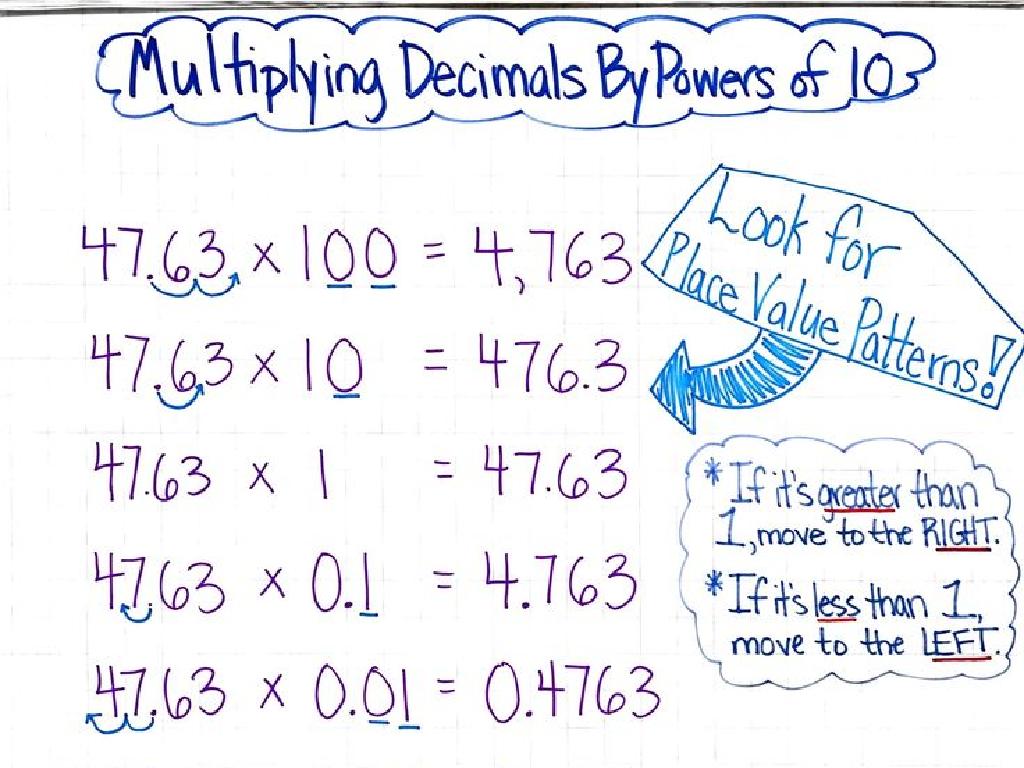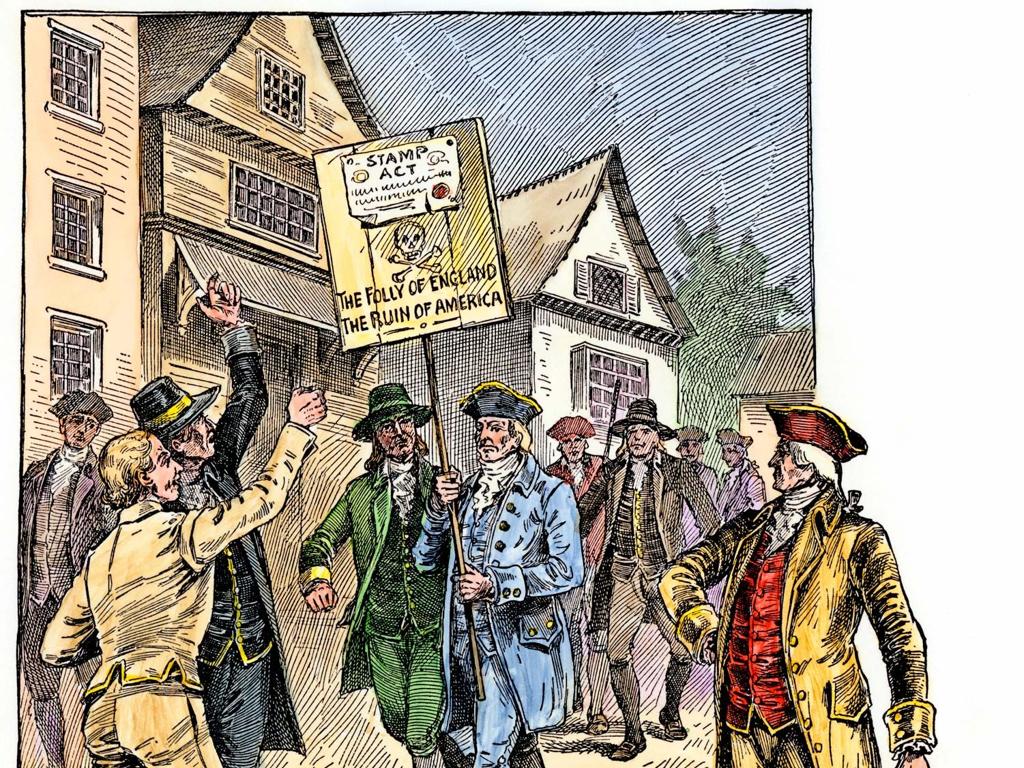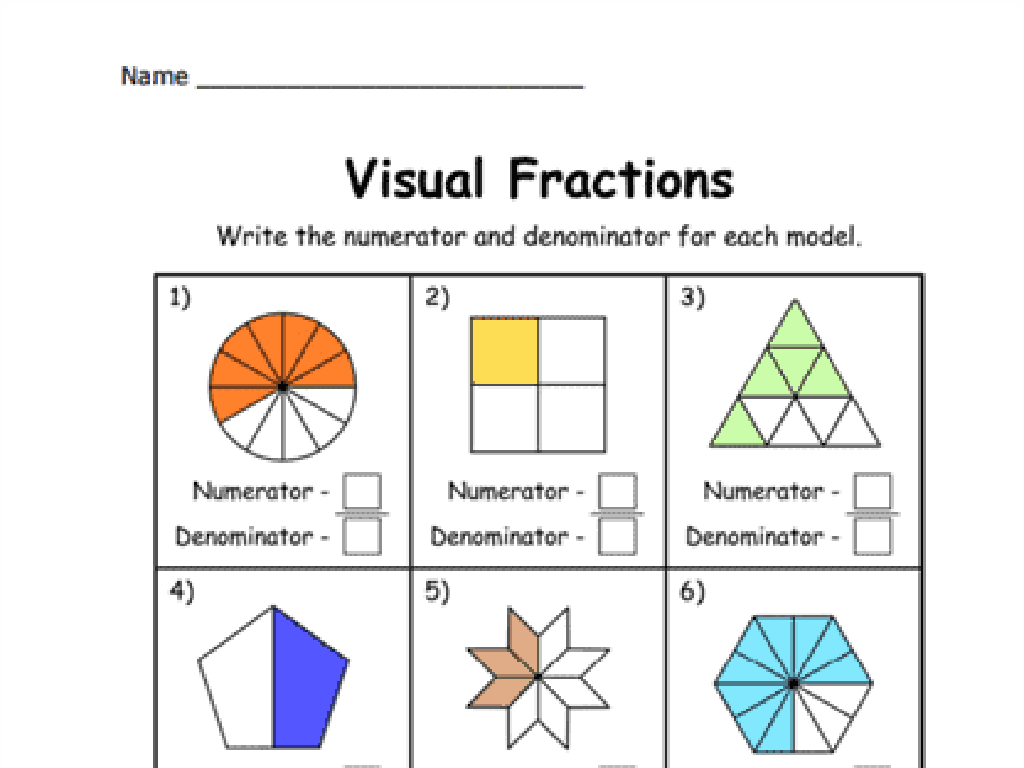Later Europe And Americas: 1750-1980 C.E.
Subject: Arts and humanities
Grade: High school
Topic: Ap /College Art History
Please LOG IN to download the presentation. Access is available to registered users only.
View More Content
Exploring Later Europe and Americas: 1750-1980 C.E.
– Enlightenment to Modernism
– Shift from reason to expression in art
– Cultural & Historical Context
– Impact of industrialization, wars, and social change
– Key Artists of the Era
– Delacroix, Van Gogh, Picasso, and others
– Defining Artworks
– ‘Liberty Leading the People’, ‘Starry Night’, ‘Guernica’
|
This slide introduces students to the transformative period in art history from 1750 to 1980 C.E., highlighting the shift from the Enlightenment’s focus on reason and order to Modernism’s emphasis on expression and abstraction. Discuss the cultural and historical context, including the effects of industrialization, revolutions, and both World Wars, which influenced the artists and their work. Key artists like Eugène Delacroix, Vincent Van Gogh, and Pablo Picasso, among others, should be discussed with examples of their defining artworks. Encourage students to consider how the events of the time shaped the artists’ works and how those works reflect the changing thoughts and feelings of society.
The Enlightenment and Neoclassicism
– Age of Reason’s impact on art
– Enlightenment emphasized logic, leading to art that reflected order and rationality.
– Defining Neoclassical Art
– Neoclassical art features simplicity, symmetry, and moral virtue, inspired by classical antiquity.
– Analyzing ‘The Oath of the Horatii’
– David’s ‘The Oath of the Horatii’ exemplifies Neoclassicism through its composition and themes.
– Historical significance of the artwork
– The painting symbolizes loyalty and patriotism, reflecting the socio-political climate of the time.
|
This slide introduces students to the profound influence of the Enlightenment, or the Age of Reason, on the arts, particularly the emergence of Neoclassicism. Highlight how the Enlightenment’s focus on intellect and science is mirrored in the structured and idealized forms of Neoclassical art. Discuss the characteristics of Neoclassical art, such as its emphasis on classical ideals, order, and moral content. Dive into a detailed analysis of Jacques-Louis David’s ‘The Oath of the Horatii,’ discussing its composition, use of space, and how it reflects the values of Neoclassicism and the Enlightenment. Explain the painting’s historical context and its role in bolstering revolutionary sentiments. Encourage students to consider how art serves as a reflection of and response to the prevailing intellectual and political movements of its time.
Romanticism: Emotion and Nature
– Romanticism vs. Enlightenment
– A movement valuing emotion and imagination over Enlightenment reason
– Nature and the Sublime in Art
– Art focused on nature’s power and beauty, evoking deep feelings
– Exoticism in Romanticism
– Fascination with foreign, non-European cultures and aesthetics
– ‘Liberty Leading the People’
– Delacroix’s iconic painting symbolizing revolutionary spirit and freedom
|
This slide explores the Romanticism period, emphasizing its contrast with the Enlightenment’s focus on reason. Romanticism celebrated emotion, the grandeur of nature, and the mysterious allure of the exotic. Highlight the importance of the sublime, an element that evokes awe and sometimes terror in the face of nature’s vastness. Discuss ‘Liberty Leading the People’ by Eugène Delacroix as an example of Romantic nationalism, where art becomes a vehicle for political expression and the emotional power of the masses. Encourage students to reflect on how Romanticism still influences our perception of nature and national identity today.
Realism and Social Commentary in Art
– Realism: life and social issues
– Art style focusing on ordinary life and societal challenges.
– Art’s impact on social awareness
– Art can highlight issues, influencing public opinion and policy.
– ‘The Gleaners’ and social inequality
– An 1857 painting by Millet depicting peasant women gleaning, symbolizing the plight of the poor.
– Discussing art as a change catalyst
– How art movements like Realism can inspire societal reflection and reform.
|
This slide delves into the Realism art movement, emphasizing its focus on everyday life and social issues. It explores how art serves as a powerful medium for social change and awareness, often reflecting and influencing the zeitgeist. ‘The Gleaners’ by Jean-François Millet is highlighted as a poignant example of social commentary, depicting the struggles of the lower class and sparking discussions on social inequality. The slide aims to provoke thought on the role of art in society and its potential to act as a catalyst for change, encouraging students to consider the impact of Realism and other art movements on public discourse and reform.
Impressionism: Revolutionizing Perception of Light
– Impressionism’s break from tradition
– Rejected precise lines, embraced fleeting views
– The role of light and color
– Used light and color to capture a moment’s essence
– ‘Impression, Sunrise’: Case Study
– Monet’s artwork that coined ‘Impressionism’
– Impressionism’s impact on art
– Paved the way for modern art movements
|
This slide delves into the Impressionist movement, highlighting its radical departure from traditional painting techniques. Emphasizing the importance of light and color, Impressionism focused on capturing the ephemeral nature of a moment. ‘Impression, Sunrise’ by Claude Monet, which gave the movement its name, serves as a prime example for analysis. Discuss how this painting exemplifies the use of light and color to convey a specific atmosphere. The movement’s legacy is its influence on subsequent art movements, setting the stage for modern art. Encourage students to consider how Impressionism changed the way we perceive and depict the world around us.
Post-Impressionism and Symbolism
– Evolution from Impressionism
– Artists sought to convey deeper meanings beyond the fleeting effects of light and color.
– Post-Impressionist diversity
– Artists like Van Gogh, Gauguin, and Cézanne each had unique styles and techniques.
– Analyzing ‘Starry Night’
– ‘Starry Night’ uses swirling skies and vibrant colors to evoke emotion.
– Understanding Van Gogh’s vision
– Van Gogh’s work reflects his inner turmoil and revolutionary approach to art.
|
This slide delves into the transition from Impressionism to Post-Impressionism and Symbolism, highlighting the shift towards personal expression and the search for deeper meaning in art. Post-Impressionism is characterized by a diverse range of styles as artists began to diverge from Impressionism’s focus on naturalistic depiction of light and color. Instead, they explored new techniques and concepts. Van Gogh’s ‘Starry Night’ is a prime example of this period, showcasing his unique style of vibrant colors and emotional depth. Discuss Van Gogh’s innovative use of color and brushwork to convey his psychological state and his impact on the direction of modern art. Encourage students to consider how ‘Starry Night’ makes them feel and what it might say about Van Gogh’s view of the world.
Modernism and the Avant-Garde
– Avant-Garde: Break with tradition
– Avant-Garde challenged past norms, paving the way for new art forms.
– Cubism, Futurism, Abstract Art
– Cubism fragmented objects, Futurism glorified speed, Abstract Art emphasized non-representational forms.
– Analyzing ‘Les Demoiselles d’Avignon’
– Picasso’s work as a radical departure from traditional representation in art.
– Cubism’s influence on modern art
– Cubism’s impact on later movements, reshaping the art world.
|
This slide introduces students to the revolutionary changes in the art world during the Modernist period, focusing on the Avant-Garde movement’s desire to break away from traditional forms and narratives. Highlight how movements like Cubism, Futurism, and Abstract Art each contributed uniquely to the landscape of modern art. Discuss ‘Les Demoiselles d’Avignon’ by Picasso as a case study for the disruptive and influential nature of Cubism. Emphasize the painting’s break from perspective and its role in inspiring subsequent art movements. Encourage students to consider the broader cultural and social changes that these art movements both influenced and reflected.
Art Between the Wars: A Reflective Period
– Art’s reaction to conflict
– Artists depicted the trauma of war and political turmoil.
– Surrealism: Unconscious mind on canvas
– Surrealism delved into dreams and psyche, e.g., Salvador Dalí.
– ‘Guernica’: A political commentary
– Picasso’s ‘Guernica’ protests the bombing of a Basque town.
– The role of art in societal healing
|
This slide explores the profound impact of war and political unrest on the art of the early 20th century. Art became a medium for expressing the psychological scars left by conflict, with movements like Surrealism delving into the human psyche. Salvador Dalí and André Breton are key figures to mention. Analyze ‘Guernica’ by Picasso, a powerful anti-war painting that responds to the bombing of Guernica during the Spanish Civil War. Discuss how art not only reflects society’s struggles but also offers a means for healing and commentary. Encourage students to think critically about the messages conveyed through art and its influence on public opinion and political movements.
Post-War Art: Abstract Expressionism
– Emergence of American Art
– Abstract Expressionism & Freedom
– Art as a spontaneous act of personal expression
– The Sublime in Art
– Experience beyond beauty, evoking awe and grandeur
– Jackson Pollock’s Technique
– ‘Action Painting’ involves dripping and splattering paint
|
This slide explores the significant shift in the art world post-World War II, with a focus on the rise of American art and Abstract Expressionism. It highlights the movement’s emphasis on freedom of expression and the concept of the sublime, which refers to a greatness beyond all possibility of calculation, measurement, or imitation. Jackson Pollock’s innovative action painting technique, characterized by energetic, gestural application of paint, is a key example of the era’s groundbreaking approaches. Encourage students to consider how historical context influenced these artistic developments and to discuss the emotional impact of experiencing such art.
Contemporary Art in Global Context
– Diversity in contemporary art practices
– Artists use various mediums and themes to reflect the complexity of the modern world.
– Art mirrors contemporary society
– Artworks often comment on current social, political, and environmental issues.
– ‘The Dinner Party’: An icon of feminist art
– Judy Chicago’s ‘The Dinner Party’ celebrates women’s history through symbolic place settings.
– Examining the impact of feminist art
– Feminist art challenges traditional roles and opens dialogue on gender equality.
|
This slide aims to introduce students to the rich and varied practices of contemporary artists, highlighting how art serves as a mirror to society, reflecting and often critiquing contemporary issues. Focus on ‘The Dinner Party’ by Judy Chicago as a case study for feminist art, discussing its historical significance and impact on the art world. Encourage students to think about how art can influence and reflect societal change. Discuss the broader implications of feminist art in promoting gender equality and shaping cultural narratives. Provide context on how contemporary art transcends boundaries and how artists engage with global issues.
Class Activity: Artwork Analysis
– Select an artwork from the lesson
– Analyze style, technique, and themes
– Consider the historical context, brushwork, color use, and symbolism
– Prepare a presentation on your analysis
– Summarize your insights in a clear, concise manner
– Share findings with the class
|
This activity is designed to deepen students’ understanding of art history by engaging them in the analysis of artworks from the period of 1750-1980 C.E. Students should choose an artwork that resonates with them from the lesson, and examine the artist’s style, the techniques used, and the themes represented in the piece. They should consider how the historical context influenced the artwork. Encourage students to look for details such as brushwork, use of color, and any symbolism that can be interpreted. Students will prepare a short presentation to share their findings, which will help them practice their analytical and public speaking skills. Possible artworks for analysis include pieces by Van Gogh, Picasso, or Pollock. This activity will foster a deeper appreciation for the art of this period and enhance students’ critical thinking abilities.





